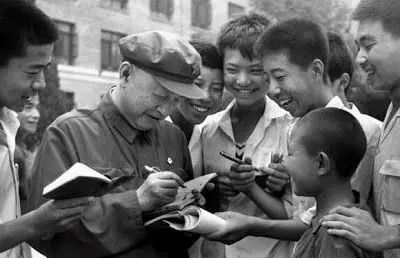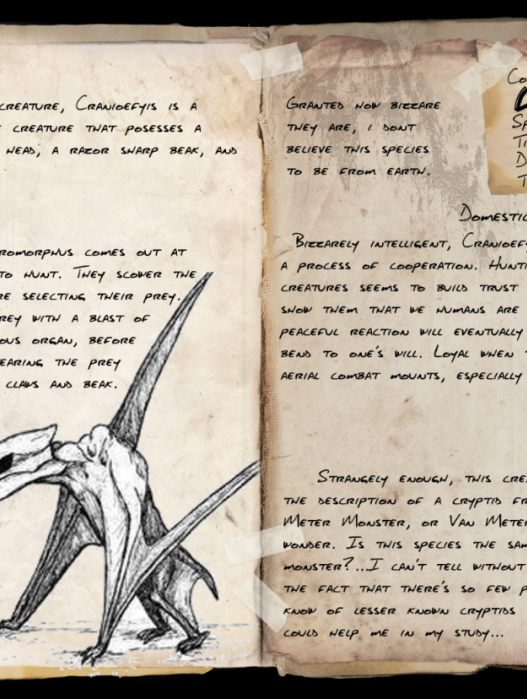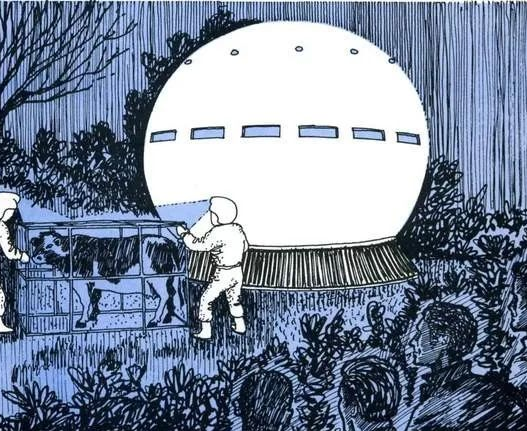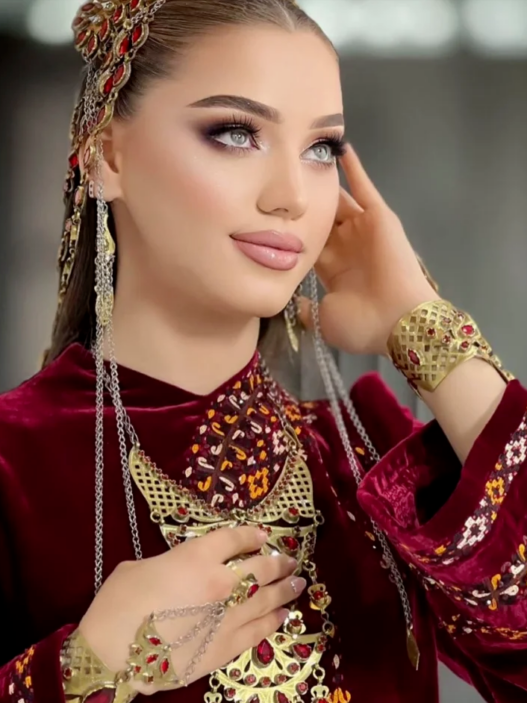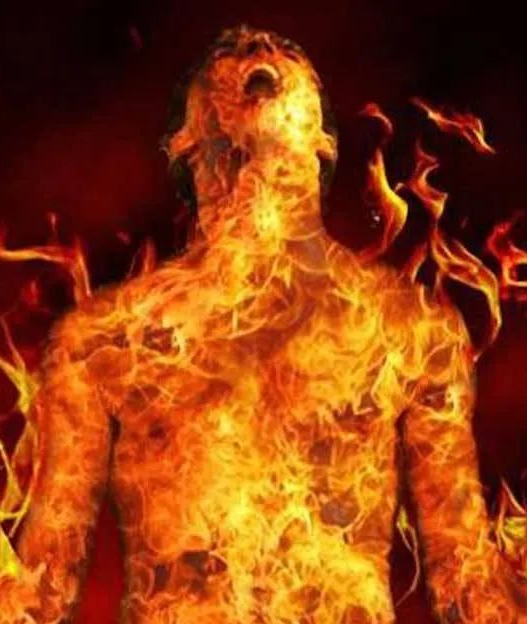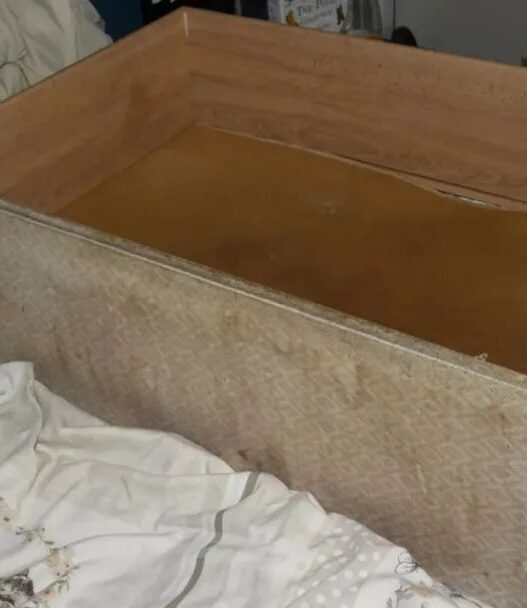Perhaps 1979 was a lucky year for China. On March 11 of that year, the Sichuan Daily reported astonishing news to the nation. The paper claimed that a 12-year-old boy named Tang Yu from Dazu County, Sichuan Province, could read with his ears. This news sparked a nationwide craze for paranormal abilities in China. Various prodigies and masters emerged, with claims of reading with ears, noses, seeing through walls, and pills passing through bottles, all suggesting that our ancient civilization was home to countless extraordinary individuals.
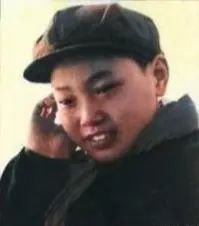
Tang Yu
The Boy Who Listened to Words with His Ears
One day in 1978, Tang Yu was walking with a friend when his ear accidentally brushed against his friend’s coat pocket. According to Tang Yu, the brand name “Flying Goose” appeared in his mind. Tang Yu then asked, “Are the cigarettes you have Flying Goose brand?” His friend was surprised that Tang Yu guessed the brand of his cigarettes but didn’t pay much attention to it.
Over two months later, one day, several adults were playing a game of guessing characters. Tang Yu, watching from the side, suggested, “Let’s guess characters. Write anywhere you like, wrap it up, and I’ll guess.” They wrote a character, crumpled it into a ball, and handed it to Tang Yu. He placed it next to his ear and quickly recognized it. Thus, the news that Tang Yu could identify characters with his ears spread.
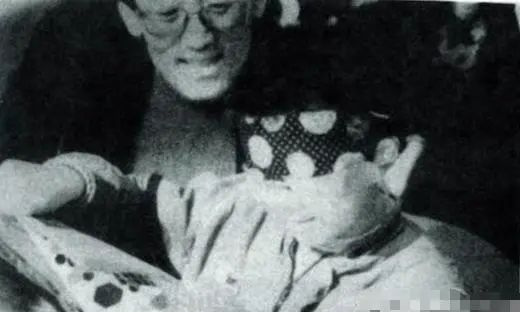
After learning of this, reporters from Sichuan Daily found Tang Yu and conducted further investigations. They wrote characters like “China,” “Sichuan Province,” and “Stability and Unity” with different pens and colors, some folded into multiple layers, others crumpled into small balls, and had Tang Yu identify them with his ears. Tang Yu identified each piece of paper in just a few minutes, even distinguishing the color and type of pen used.
Once the news was published, it was quickly reprinted by newspapers like Shanghai Science and Technology News, Hubei Science and Technology News, Anhui Science and Technology News, and several major provincial newspapers. In the following period, countless reporters from across the country, along with official delegations and research teams from neighboring regions, flooded into Dazu, marking the beginning of paranormal research in China.
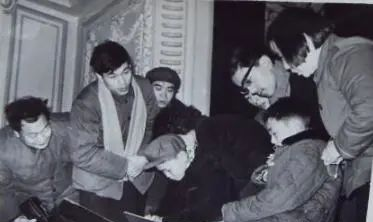
On April 6, Anhui Science and Technology News reported that a 12-year-old middle school girl named Hu Lian from Xuancheng County, Anhui Province, could recognize characters and colors with her ears. This was verified by the Xuancheng County Science and Technology Association. On April 13, Beijing Science and Technology News reported that an 8-year-old second-grade girl named Jiang Yan from Shijingshan District could also recognize characters and distinguish shapes with her ears. Before the news was published, the Institute of Psychology of the Chinese Academy of Sciences conducted two tests on Jiang Yan, affirming her abilities. On April 20 of the same year, Hebei Science and Technology News reported that a 15-year-old middle school girl named Yu Ruihua from Cangzhou could also read with her ears.
Mainstream Skepticism
At the time, the scientific community did not believe in these phenomena that contradicted common sense. Scientists and intellectuals thought it was clearly a hoax and didn’t need any factual investigation because “reading with ears is something only magicians and frauds can do!”
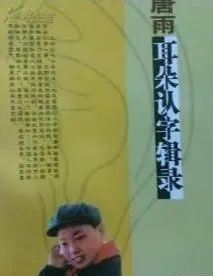
Just days after the news about Tang Yu was published, the Sichuan Medical College sent an investigation team to Dazu County to investigate and test Tang Yu. Their investigation concluded entirely negatively: in 25 tests over 8 days, except for 6 times when he couldn’t see the paper and refused to identify, the other 19 times he recognized the characters after cheating by peeking.
After learning about the results from Sichuan Medical College, Zhou Bin, a reporter for Guangming Daily, wrote an internal reference report. After reading this report, colleagues from the Institute of Psychology of the Chinese Academy of Sciences re-tested Jiang Yan, overturning the previous two test conclusions, stating that the earlier tests were not strict and had the possibility of cheating. In the third test, she was given 10 samples, failing to recognize 5 due to unsuccessful cheating, while the other 5 were recognized through cheating. This test result was published in the “Petition Bulletin” of the State Science and Technology Commission.
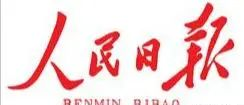
On May 5, 1979, People’s Daily published an article by its reporter Zu Jia titled “From Smelling Words to ‘Ear Reading'”, and on May 18, it published an article by Ye Shengtao titled “On the News Report of Ear Reading”. Both articles criticized “ear reading” in extremely harsh terms as: absurd, defying scientific common sense, and completely anti-scientific; such things happening in today’s era of the Four Modernizations is simply a disgrace to the Chinese people.
After the Sichuan Medical College tested Tang Yu, Tang Yu fell ill and later claimed his paranormal abilities had disappeared. Soon after the critical articles were published in People’s Daily, Jiang Yan also claimed her abilities had vanished. While the media exposed and criticized these phenomena, a certain department issued a document stating that the promotion of “ear reading” was unscientific and a revival of feudal superstition. Sichuan Daily made a self-criticism, and the then Secretary of the Sichuan Provincial Party Committee also made a self-critique.
Nature Magazine
Despite the criticism from People’s Daily suppressing the paranormal craze, some staff members of the renowned Nature Magazine in Shanghai believed that the stories of “reading with ears” were not fabrications.
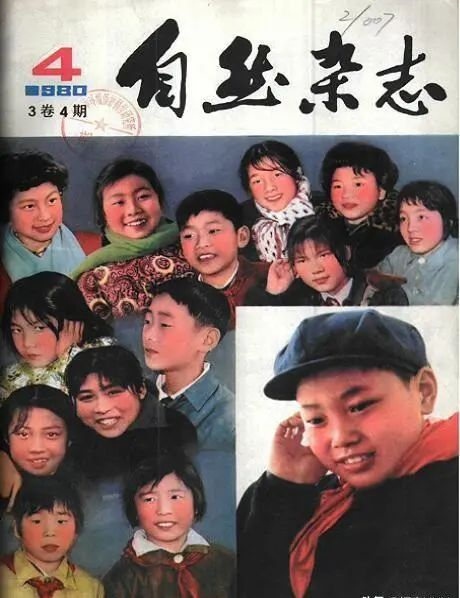
Nature Magazine was founded in Shanghai in May 1978 as a comprehensive publication. Its name and editorial policy were modeled after the world-renowned British “Nature” magazine, focusing on reporting the latest and most cutting-edge research developments in the natural sciences.
At that time, the editorial department of Nature Magazine had two young and energetic editors and reporters who were highly sensitive to new phenomena. One was Zhu Runlong, who graduated from Fudan University’s Biology Department in 1965, and the other was Zhu Qiaqia, who graduated from university in 1967. They were pioneers in the field of paranormal research, and people usually referred to them as the “Two Zhus.”
In July 1979, the “Two Zhus” went on a business trip to Beijing. After People’s Daily harshly criticized ear reading, they decided to personally visit the paranormal sisters, Wang Qiang and Wang Bin.
These sisters were students at Beilitu Road Primary School in Beijing. The older sister, Wang Qiang, was 13 years old, and the younger sister, Wang Bin, was 11. They claimed that when they placed characters against their ears, noses, or under their armpits, they could feel the characters, and the text or images would appear in their minds. These visions would only last for a moment before disappearing. They also didn’t know when these visions would appear, so they needed to concentrate to capture them.
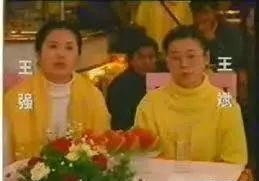
The “Two Zhus,” influenced by the media criticism, were cautious about believing them and conducted strict tests: the characters were written outdoors, and to prevent cheating, the papers were placed inside gloves, which were then put on by the researchers, securing the wrists with ropes, and the sisters had to place their hands under their clothes into their armpits. They quickly and accurately identified the shapes and colors on the papers.
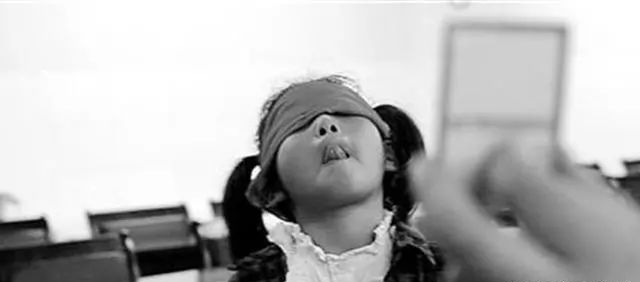
This incredible phenomenon greatly piqued their interest. Subsequently, Nature Magazine published a series of test reports on paranormal abilities by Professor Chen Shouliang of Peking University’s Biology Department, researcher Luo Dongsu from a certain Air Force Medical Institute, and others. Given the severe criticism of ear reading, the articles used alternative terms like “non-visual perception,” “human sensory perception,” and “special sensory functions.”
Children with Paranormal Abilities
Some interesting historical events were also exposed. One involved Marshal He Long. It is said that in 1964, Marshal He Long received a report from a staff officer in the army stating that a teenage boy in Guangdong could see through walls and other objects. When He Long first heard this seemingly absurd story, his initial reaction was disbelief. However, he immediately thought that if it were true, it would be an excellent military tool. For this reason, he decided to see for himself.
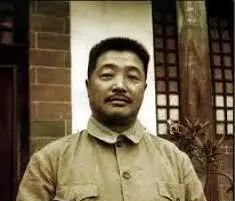
Marshal He Long
The boy with the x-ray vision was summoned, and He Long asked him, “I heard you have strong x-ray vision; can you see what’s in my pocket?” The boy turned his head, stared at He Long’s pocket, concentrated for a moment, and said, “It’s a doctor’s certificate!” Hearing this, He Long burst into laughter and said, “Yes!” He then pulled out a doctor’s certificate to show the boy. Afterward, he ordered, “Protect this child!”
After this story was published by Sichuan Daily and Nature Magazine, it sparked curiosity about children with paranormal abilities. The State Science and Technology Commission and the Chinese Academy of Sciences received a continuous stream of letters from across the country about paranormal abilities, with over thirty cases involving children. These children with paranormal abilities were generally between 8 and 15 years old.
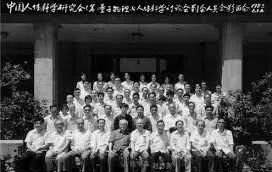
In February 1980, the editorial department of Nature Magazine organized the First Conference on Human Paranormal Abilities in Shanghai, marking the widespread use of the term “paranormal abilities.” Over 80 delegates from 8 provinces and cities attended, including 13 children with paranormal abilities and one adult, such as Tang Yu, Jiang Yan, Wang Bin, Wang Qiang, Hu Lian, Huang Hongwu, and Yu Ruihua.
The conference, in addition to presenting some test reports, also featured performances or tests of paranormal character recognition. To prevent cheating, experimental methods were improved, such as sealing samples in paper envelopes, dark boxes, or envelopes. Nature Magazine believed that this conference clarified the debate over the authenticity of ear reading from the previous year, marking a new phase in China’s research on human paranormal abilities.
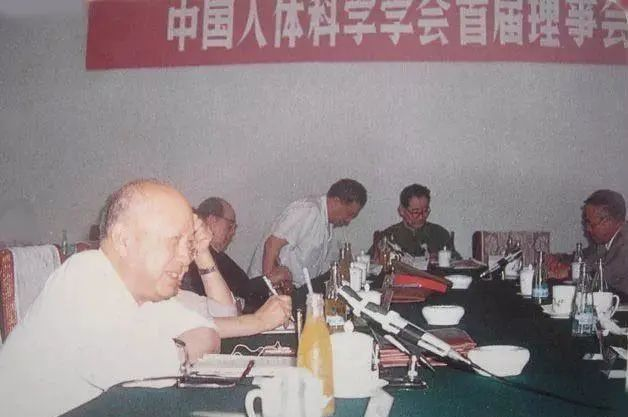
During that period, reports of paranormal abilities were coming in daily from all over the country. Leaders at various levels, from province to county, frequently attended performances of paranormal abilities, and dozens of universities and research institutes seized the opportunity to make paranormal research an important topic. By the time the “Second Conference on Human Science” was held in Chongqing in May 1981, 106 universities and research institutes participated, submitting a total of 147 papers.
The Real “Army” Zhang Baosheng
Do you remember the “Army” character and the Guangdong Paranormal Team in the movies “God of Gamblers II” and “God of Gamblers III: The Early Stage” starring Stephen Chow? These were actually inspired by a real person, the once-celebrated paranormal practitioner and Qigong master Zhang Baosheng. Born in Nanjing in 1960, Zhang grew up in Benxi, Liaoning, and after graduating from middle school, he worked at a lead mine in Benxi. The paranormal craze that began in 1979 also brought him into the public eye.
Around early 1980, Zhang Baosheng accidentally revealed the content of a colleague’s letter. The colleague thought he had tampered with the letter and reported him to the factory’s security office. Zhang Baosheng denied tampering with the letter, claiming he had recognized it with his nose. To clarify the facts, the factory tested him, and the results confirmed he could indeed recognize characters with his nose.
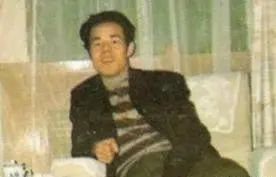
Zhang Baosheng
This incident quickly reached the leaders in Benxi City, and in June 1980, the city’s Science and Technology Association organized tests, further confirming Zhang Baosheng’s paranormal ability. Later, Liaoning University of Traditional Chinese Medicine conducted further tests, discovering he had the ability to see through the human body, accurately describing the condition of a fetus, and thus began collaborating with Zhang Baosheng on experimental research.
Zhang Baosheng’s fame grew, and in early 1982, he was invited to Beijing for a performance, quickly gaining the attention of Zhang Zhenhuan, Vice Director of the Commission of Science, Technology, and Industry for National Defense. In March 1982, Zhang Zhenhuan organized a performance of Zhang Baosheng’s paranormal abilities, which was attended by Wu Shaozu, Deputy Director of a bureau in the same commission.
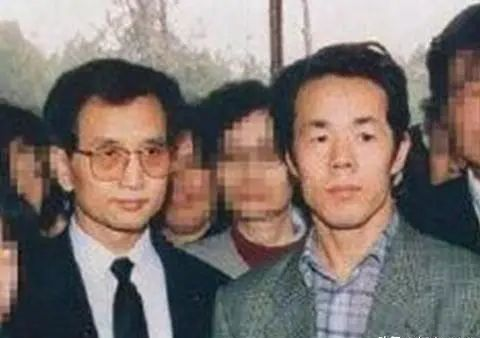
Wu Shaozu attended the performance with skepticism and a critical eye, but he was shocked by Zhang Baosheng’s performance, changing his previously absolute disbelief. He wrote a letter to Hu Yaobang, which included the following passage:
Looking back at the history of scientific development, when Copernicus proposed the heliocentric theory, Galileo insisted on the Earth’s rotation, Einstein proposed the theory of relativity, and Morgan proposed the gene theory, they all faced severe criticism from secular forces. Those who supported these new theories even lost their lives, like Bruno. The Soviet Union officially labeled the gene theory as ‘bourgeois idealism pseudo-science,’ yet in fact, it was Lysenko’s theory that was the pseudo-science. From the examples cited above, we can see that phenomena unexplainable by old theories are often the harbinger of scientific leaps. Once discovered and elevated to scientific theories, they have significant scientific significance and practical value, and also greatly advance philosophy. Lenin’s “Materialism and Empirio-criticism” is a good example. At that time, new discoveries in physics caused some vulgar philosophers to exclaim, ‘Matter has disappeared! Only equations remain!’ But Lenin used this to develop dialectical materialism.
It might have been influenced by this letter that Hu Yaobang instructed the Central Propaganda Department not to promote, argue, or criticize paranormal abilities. On April 20, 1982, the Central Propaganda Department issued a notice conveying this spirit.
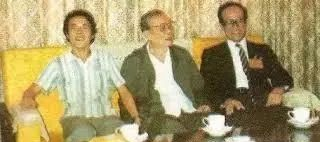
On May 18, 1982, after hearing about Zhang Baosheng’s paranormal abilities, Marshal Ye Jianying of the Central Military Commission proposed to see for himself. Zhu Qiaqia, then the chief editor of Nature Magazine and the standing secretary of the Planning Committee of the Chinese Society for the Study of Special Human Functions, brought Zhang Baosheng to Marshal Ye’s residence in the Western Hills of Beijing and personally tested Zhang’s abilities. Ye Jianying took out a neatly folded piece of paper from his shirt pocket and placed it on the tea table, asking Zhang to identify it. Zhang pinched the paper between his thumb and forefinger, sniffed it under his nose, and wrote down the characters “Three Smiles.” Ye Jianying’s daughter-in-law, Lu Tongyan, unfolded the paper to reveal the characters “Three Smiles” written by Ye Jianying himself!
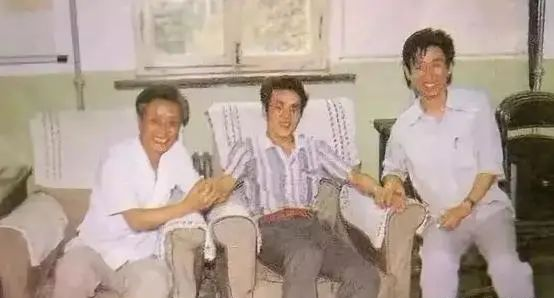
Afterward, Zhang Baosheng identified characters written by Ye’s personal physician without even touching the paper. Ye Jianying told Zhu Runlong and others to conduct scientific research, reportedly passing this opinion on to the Secretariat of the Central Committee.
Zhang Baosheng’s Unique Skills
One of Zhang Baosheng’s signature feats was “pills passing through a bottle.” A bottle filled with various pills, after being confirmed to have never been opened and with its cork seal intact, was subjected to Zhang’s powers. Soon, all the pills were “transported” out of the bottle, which remained sealed.
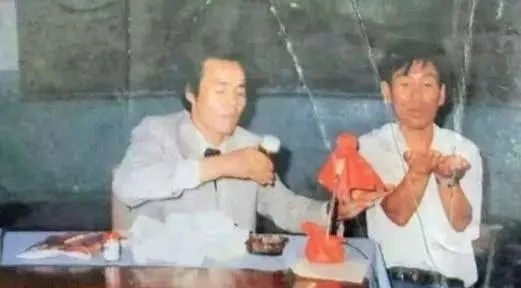
During that era, China placed great importance on such paranormal abilities, and individuals like Zhang Baosheng were considered to possess “special abilities” and were treated as national treasures. On June 2, 1983, with the approval of the Chinese Commission of Science, Technology, and Industry for National Defense, Zhang Baosheng was officially transferred to Institute 507. He traveled across mainland China and Hong Kong, performing Qigong demonstrations and healing for dignitaries, earning titles like “Divine Man,” “Chinese Sage,” and “National Treasure Qigong Master.” However, Zhang did not perform casually and sometimes refused to perform.
Once, when he wanted to go out but was only provided with an old car instead of a new one, Zhang Baosheng said he would send a coin into the stomach of the staff member if there wasn’t a new car next time. As he spoke, he asked another bodyguard sitting next to him to check his pocket for change. The bodyguard found that the coin had vanished from the pocket but was found in the driver’s pocket.
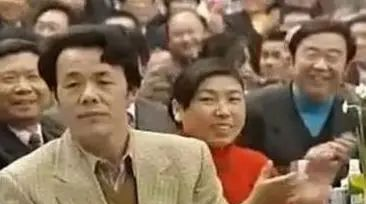
Zhang Baosheng on Spring Festival Gala
Besides having a bad temper, Zhang Baosheng also enjoyed playing pranks. Sometimes he took things too far, like when he made a three-carat diamond ring fly off the finger of a Hong Kong movie star. Perhaps due to his humble origins, when invited to meals, he never allowed guests to order too much food, insisting on no waste. Of course, no one dared to defy his “command,” because with just a breath, he could send the food he wanted you to eat directly into your stomach, whether you liked it or not.
Zhang Baosheng also had a trick called “restoring cards.” Once, several people handed him their business cards. He picked one and said, “Okay, put your card in your mouth. Yes, now chew it… now spit it out.” Zhang Baosheng took the chewed-up pieces, rolled them into a ball, and soon, the card was restored to its original state.
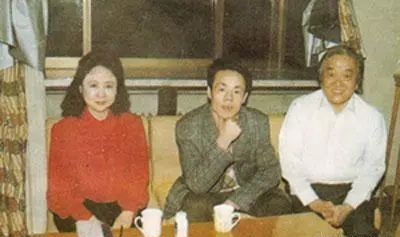
Qiong Yao (left) with Zhang Baosheng
Among the many celebrities who had encounters with Zhang Baosheng, one was the famous writer Qiong Yao. In early spring of 1988, she visited the mainland and dedicated a chapter in her book “Unbreakable Homesickness” to this extraordinary man. As a renowned novelist, Qiong Yao received high-level treatment, which allowed her the opportunity to meet Zhang Baosheng. Although she initially wanted to enjoy the natural scenery and cultural sights of her homeland, at the insistence of her relatives, she expressed her desire to meet Zhang Baosheng.
The meeting was eventually arranged. Zhang Baosheng’s first demonstration was to make a piece of clothing spontaneously combust, followed by the “pills passing through a bottle” trick. After removing the pills from the sealed bottle, Zhang Baosheng even managed to insert a note written by Qiong Yao into the bottle.
Zhang Baosheng’s abilities were not just for entertainment; they were also part of a scientific and military research project on superpowers. Researchers had studied various aspects of Zhang’s abilities, including using high-speed photography (1000 frames per second) to record the process of “pills passing through a bottle.”
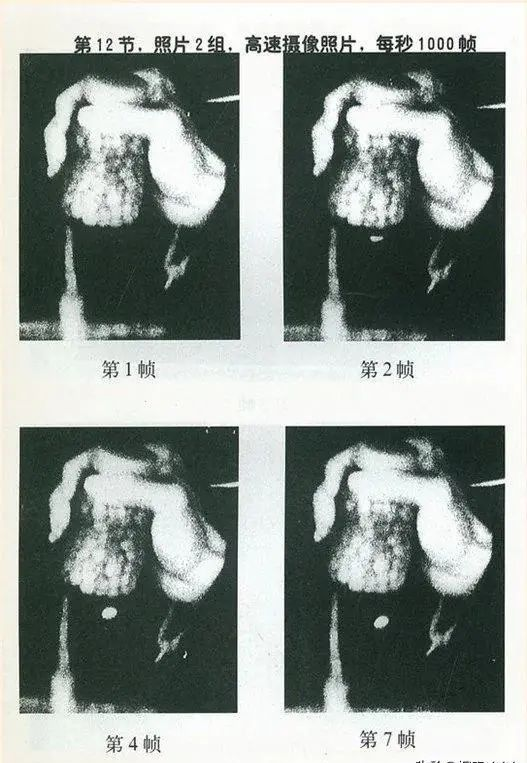
High-speed photography (1000 frames per second) recording the process of “pills passing through a bottle”
Since the 1980s, Professor Song Kongzhi has been engaged in human science research, including numerous experiments on paranormal abilities. He revealed that Zhang Baosheng had the ability to move shoes, thermoses, keys, and make other objects pass through wood or walls, and could move large items back and forth. Once, in front of many people, Zhang Baosheng made a 100-pound bag pass through a warehouse wall and appear before them.
China’s Paranormal Abilities
Zhang Baosheng’s displayed abilities were top-notch, but there were even more mysterious forces in China, considered the “top elite.” These individuals were not famous and did not appear in public, rumored to be under “special protection” by the government, serving as subjects for scientific and military research. It was said that some could move massive objects with their minds, while others could raise a normal person’s blood pressure to dangerous levels or make blood spurt from eyes, ears, nose, and mouth, all from hundreds of miles away.
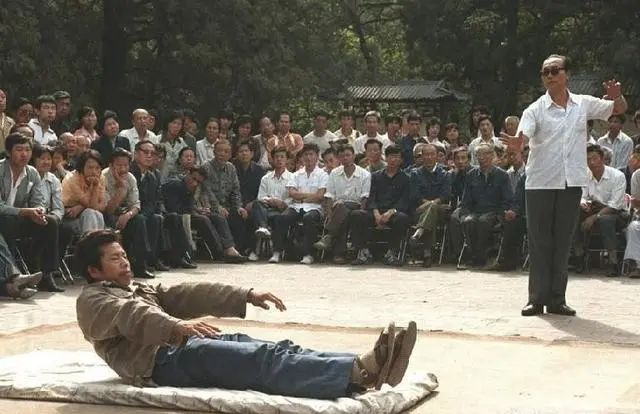
Since China first acknowledged the existence of paranormal abilities in March 1979, researchers across the country began to address this issue. This included numerous scientists, among them Qian Xuesen, known as China’s “father of missiles.” Qian Xuesen was one of China’s top scientists, bearing many important national responsibilities. A reporter from Hong Kong’s Wen Wei Po once asked Qian about this.
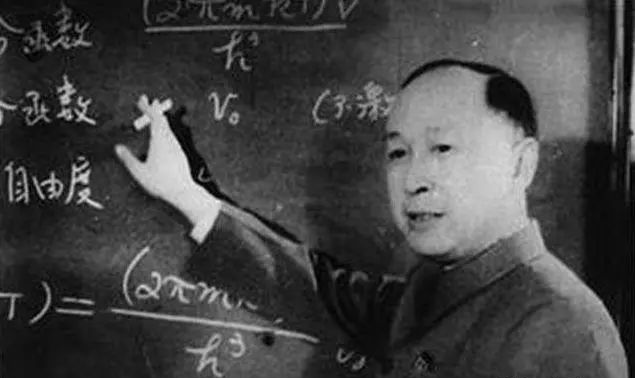
Qian Xuesen said, “At first, I didn’t believe it. I only began to believe after seeing it with my own eyes.” He then explained to the reporter that he had witnessed some demonstrations of paranormal abilities and mentioned that teams had performed for a government leader. The leader made a very scientific comment: some things are not yet understood, but they are not completely incomprehensible. This was actually a quote from Lenin. Qian also said that those who persist in research will surely find something. When they do, researchers will realize they have far exceeded the boundaries of existing scientific knowledge.
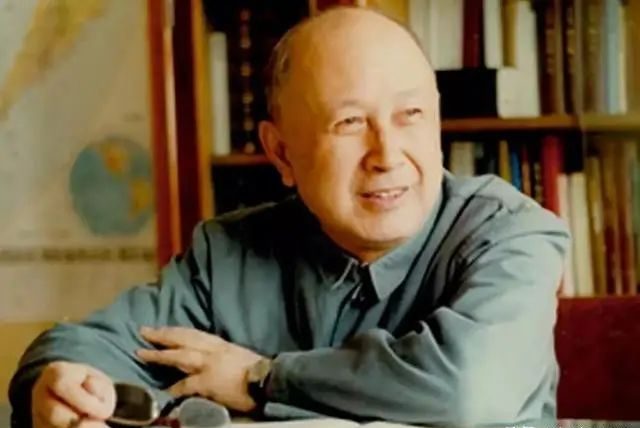
Qian Xuesen was a scientist. He was not someone who would believe in things like paranormal abilities after just one or two demonstrations. He firmly believed in the existence of paranormal abilities because he personally observed many demonstrations, tests, and experiments. There was once such a story. Qian Xuesen met with Zhang Baosheng along with two other professors. Zhang pointed at one of them, and his shirt was burned with a hole. They thought this burning phenomenon could perhaps be explained by some form of electromagnetic wave influence. Zhang Baosheng’s emitted electromagnetic waves could excite molecules in the shirt, generating heat and burning a hole in it.
Qian Xuesen not only believed in the existence of paranormal abilities but also thought that paranormal phenomena could be explained by modern physics. For instance, telekinesis might be the result of electromagnetic fields and waves. Qian Xuesen once told a very interesting story. During World War II, some radar station personnel were found to be able to “hear” microwave signals, which seemed incredible, but later, it was proven that the absorption of electromagnetic waves in the brain was not uniform, producing audible sound waves. This example explains the “exceptional” aspect of human paranormal abilities, indicating that it is possible to find the causes of paranormal abilities through research.
Qigong and Traditional Chinese Medicine
Another aspect related to paranormal abilities is Qigong, a unique Chinese practice. According to some Qigong experts, Qigong is primarily for promoting health. When one’s Qigong practice reaches a certain level, strong energy flows are generated within the body, which can be released through the eyes, palms, or fingers. This released energy is said to be used for healing, but it can also be used to harm.
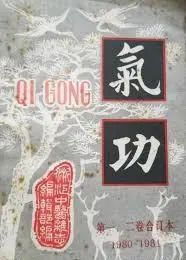
There might be a connection between Qigong and Zhang Baosheng’s paranormal abilities, such as using the so-called “Qi” to move small objects or make certain things burn. In an interview, Qian Xuesen also discussed this connection between Qigong and paranormal abilities. “We found that individuals with paranormal abilities are similar in some ways to doctors who use Qigong for treatment. When those with paranormal abilities demonstrate, their faces turn red, and they sweat on the forehead, just like Qigong practitioners releasing energy.”
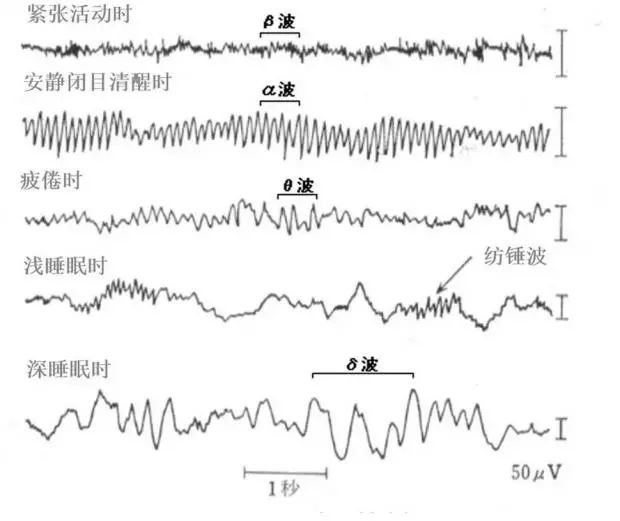
Qian Xuesen explained, “We conducted some experiments, recording EEGs. We found that when testing the abilities of Qigong masters, their brain patterns when releasing energy were very similar to those of individuals with paranormal abilities. This indicates a connection between Qigong and paranormal abilities.”
He believed that since Qigong and Traditional Chinese Medicine are based on the same theory, Qigong, Chinese herbal medicine, and paranormal abilities must be the same thing, with paranormal abilities being a more pronounced manifestation of that “thing.” He pointed out that to develop paranormal abilities, Qigong, and Traditional Chinese Medicine into true scientific theories, existing science must be transcended.

He made a profound statement: “The ultimate outcome of the work on Traditional Chinese Medicine, Qigong, and paranormal abilities will be a new scientific revolution. When it happens, it can be called the Eastern Scientific Revolution!” Similarly, at the third plenary session of the Planning Committee of the Chinese Conference on Human Science, he gave a report on whether “this could trigger a new scientific revolution.” In his conclusion, he said, “Human science might lead to a new scientific revolution in the 21st century, which could be even greater than the revolution brought by quantum mechanics and relativity in the early 20th century.”
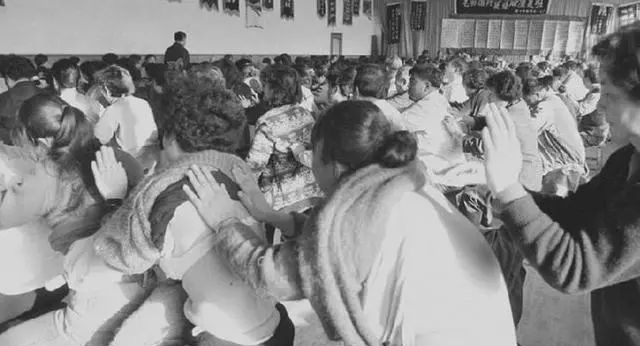
Does Human Science Have a Future?
The philosophy behind human science can be traced back to the theory proposed by American physicist Robert Dicke in 1961. In 1974, British astronaut Brandon Carter developed this theory further, calling it “the anthropic principle.” This theory posits that the human body is an extremely complex macroscopic system, an open system closely connected to its environment, including the exchange of matter and energy.
Human science research includes Qigong, Traditional Chinese Medicine, and paranormal abilities, but in fact, we lack systematic scientific research on these. The emergence of paranormal abilities might be for show or even fraudulent, leading to criticism of these phenomena as pseudoscience after the Qigong and paranormal craze.
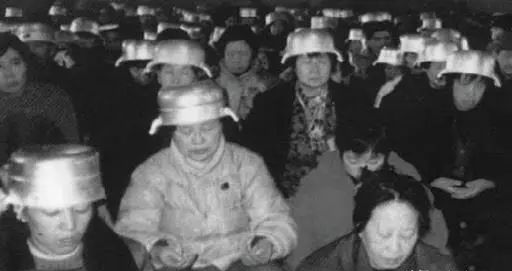
However, we cannot deny that we still know very little about our own bodies, and who can confirm that there are no people with paranormal abilities in the world? Qigong is a theory with a long history in China and was once a social phenomenon. As far as we know, perhaps some Qigong practices have healing abilities, but we still do not understand how it works. If we can figure this out, we might elevate it to a more scientific level.
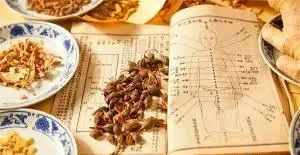
Traditional Chinese Medicine, as part of Chinese tradition, is slowly gaining recognition. However, in real life, there are still many skeptics. Perhaps systematic scientific research on traditional Chinese medical techniques and drugs could change this, but it requires a significant amount of time and effort to research and develop.
In summary, it’s easy to dismiss something, but doing so might also make us miss important opportunities. A cautious and scientific approach to all phenomena, without emotional or biased judgments, might be the best attitude.







